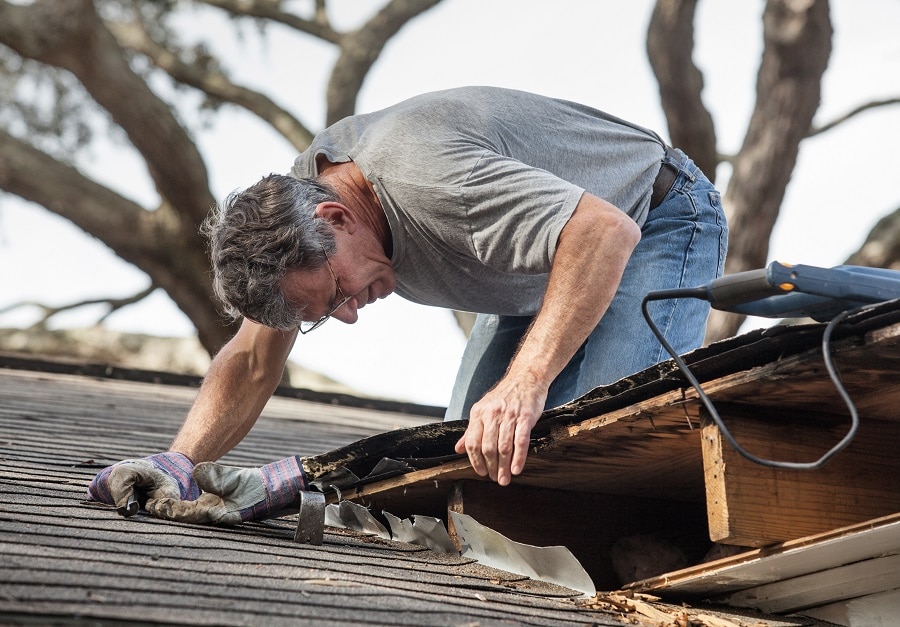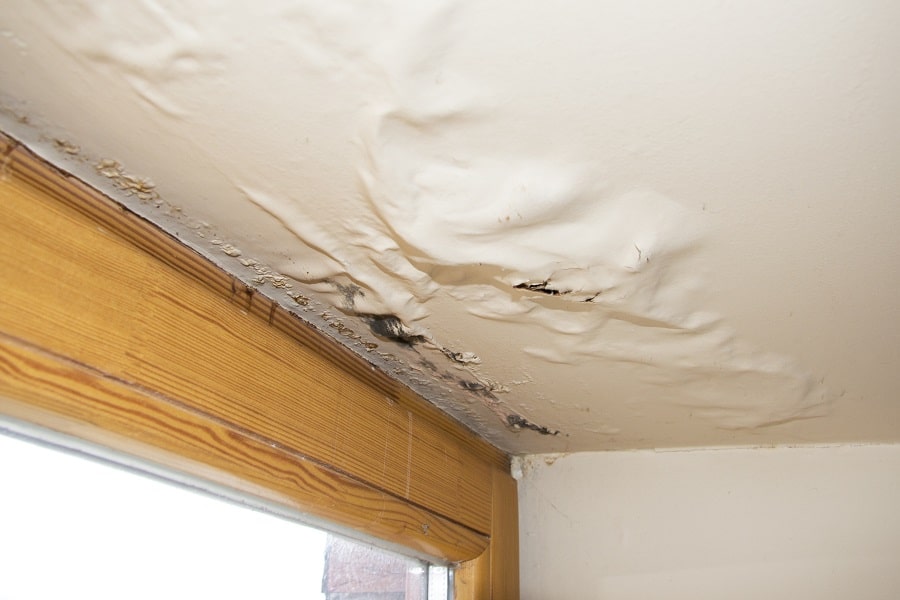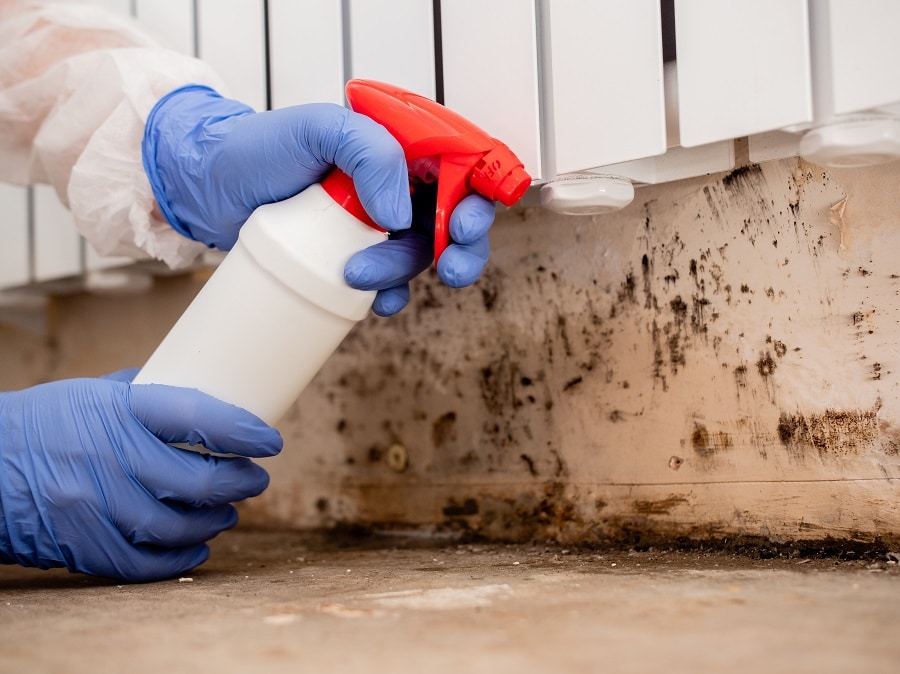Timber decay within buildings of any age is often caused by rot. Wood rot can show up in two prevalent forms: dry rot and wet rot, both resulting from fungal decay suffered by building timbers.
What is Wet Rot?
Wet rot is a type of parasite which grows in wet timber. It alters the structure of the timber, causing swelling and separating its fibres, which leads to crumbling and loss of strength in the structure. Wet rot causes wood decay and loss of structural integrity, making the timber disintegrate. Wet Rot is caused by structural wood coming into contact with sources of moisture. It could be from faulty plumbing or penetrating damp, on the ‘wet’ side of the house. Wet rot is a fungus, it will spread to timbers in the vicinity of the source and cause damage.
Our Guarantee
- upto 30 year guarantee
- customer focused team
- 20 years combined experience
- portfolio of satified customers
- attention to detail
- Construction line accreditation
- public liability insurance
- CHAS accreditation
What is the Difference Between Dry Rot and Wet Rot?
Dry rot can inflict damage faster and trigger extensive decay to structural timber as it consumes and spreads throughout the affected property. Meanwhile wet rot, despite being a more common occurrence, causes less damage; decay is typically restricted to the areas that remain wet on the timber. It is possible to differentiate between dry and wet rot by associating the extent of damage as well as the colour of the timber with the development of either type of rot.
What causes Wet Rot?
Wet rot spores are only present in certain environmental conditions. Moist timber is the main cause of Wet Rot. Moisture expedites the progression of wet rot fungi. Consequently, the timber begins to display obvious signs of decay.
The Dangers of Wet Rot in East-Grinstead
Wet rot is a serious problem. It can cause irreparable damage to your home and reduce its value. Wet rot in the home must be addressed immediately, otherwise, you run the risk of it spreading and infecting the rest of your home. A survey of 2,038 London property owners inquired whether they had experience with wet rot in their homes, where the problem was identified, and how effective they were at preventing future cases.
The results were appalling – over 20% of the respondents had noticed wet rot in some form or the other. Wet rot can attack timber flooring; making the property lose its structural integrity. Apart from the costly repair work, it could go even further by devaluing your property. Most insurance providers will not offer policies to buildings with clear signs of moisture ingress or damp buildup.

What are the Warning Signs of Wet Rot?
The signs of wet rot or the conditions that allow the fungus to gain a foothold in the timber depend on the type of moisture it comes in contact with. Peeling wallpaper (especially at the corners), malfunctioning central heating boiler, a persistent musty smell, and malfunctioning cookers are some easy-to-spot signs of wet rot. Some common locations for wet rot include underneath the kitchen sink, roof spaces/attics, and along external walls. Wet rot typically attacks older buildings constructed using timber frames rather than modern species such as Meranti and Sapele. Timber from below ground level up to a one-floor level is another prime victim of wet rot. Being able to identify wet or dry rot is a big part of managing its growth. If you notice any signs of wet rot infestation, then you should carry out a damp survey as soon as possible.
Call Our Sussex Damp Experts team now for quote, consultation and advice:
Call on 01273 257 765.
How and When Should I Look for Wood Rot?
It should be an annual task, similar to spring cleaning to search your home for signs of damp or wood rot, and a good time to do it is during your pre-winter weatherproofing activities. You’ll need a screwdriver with a long handle and a decent flashlight.
If your building has one, check the siding below and around the windows for any sign of swelling or discolouration in the wood. Paint can cover wood rot, so the wood must be rough and solid, try jabbing the siding with your screwdriver. If you notice that the wood feels spongy and the surface gives in to pressure, then you have wood rot. Use a decent flashlight to inspect the attic for discoloured wood. Transition to the screwdriver test if you notice any. Ensure you check the underside of the roof decking, in the joints where the wood members connect at the top of the roof, and at the edges of the attic where the rafters slope down to form the eaves, are prime spots in the attic for wood rot.
With the flashlight search for discolouration around the border wood plate that sits on top of your concrete basement wall, scrutinize the wood members. Inspect any discoloured areas using the screwdriver. Check the walls and floors to spot discolouration below sinks and catch water leakage around baths/tubs and the water heater.
How do we identify wet rot?
Recognising wet rot is not always a straightforward or easy task, wet rot is versatile and attacks timber in several forms. Pushing a knife up to the handle into painted timber is an effective way to confirm rot. Our damp-proofing specialists have tons of experience and training to detect the following:
- Localised fungal growth on timber
- The soft, spongy feel of timber; the affected area appears darker than the surrounding timber.
- The soft and spongy texture of rotting timber; the affected region often looks darker than the other parts.
- That spongy, soft feel timber gets when affected by wet rot; the affected parts are darker than the other areas.
- The spongy, soft texture of rotten timber; the infested area is darker than the other parts.
- The springy feeling that is an indicator of wet rot; the affected area is often darker than others around it.
- Crumbling of affected dry timber into particles.
- Dry timber crumbling into particles.
- The crumbling of infested timber into dry particles.
- Dried-out timber disintegrating into particles.
- The disintegration of rot-eaten timber into particles.
- Shrinking timber
- Bleaching wood in window and door frames
- Flaky or damaged paint
- A musty, damp smell
What to Do After You Detect Wet Rot?
You need to engage the help of a damp expert when you notice wet rot. The source of moisture must be identified and blocked to avoid similar cases in the future. Call Sussex Damp Experts on 01273 257 765 today to get more information about wet rot treatments.
Wet Rot and Damp Proofing in East-Grinstead

If you need help with Wet Rot or Damp Proofing you are in the right place. Call us if you notice any signs of damp or wet rot in your home, we can fix the problem and help you avoid the health risks and potential damage to your building’s structural integrity as the decay spreads. Our qualified surveyors will help you identify the cause of the issue and the best steps to take in rectifying it.
Timber damp proofing differs from cosmetic treatment; it is the deliberate act of protecting the timber from the effects of rot and decay. There are two ways to appropriately protect the timber.
Surface treatments are never reliable; they fail and worsen the situation in due course. The only answer is to cover the entire surface with a membrane or treating/replacing the timber. If you want to speak to our experts for further information on wet rot treatment, call 01273 257 765 today and let Sussex Damp Experts help.
Wet Rot Treatment Specialists in East-Grinstead
With 20 years of experience offering damp proofing solutions, we are among East-Grinstead’s premier wet rot experts, providing free, no-obligation surveys and cost estimates to domestic homeowners and commercial property owners. Our damp proofing team will pay you a visit and identify signs of moisture invasion and wet rot, we will then provide a lasting solution to fix the problem. Our team of experts can identify and offer lasting treatments for different types of wet rot using advanced methods.
Wet Rot Treatment in East-Grinstead
Wet rot can be found predominantly in areas that are constantly exposed to moisture. Nevertheless, during treatment we don’t just get rid of the wet rot, we tackle the issue at its source. We eliminate the possibility of facing similar issues by identifying exactly how the moisture reaches the timber and blocking off all the access points. Wet rot treatment should be handled by professionals who understand the process and can provide lasting solutions. Delaying the treatment will only drive up the cost of eventual repairs. The best thing to do when you notice signs of wet rot or damp is to call experts such as Sussex Damp Experts for help.

We have the necessary know-how to treat wet rot. At Sussex Damp Experts, we quickly determine the source of the dampness and which areas have been most affected. Don’t put it off any longer, call us today on 01273 257 765 or complete and submit the contact form to get started.
Our Wet Rot Treatment Process in East-Grinstead
The same with other property-related repairs, the longer you wait, the worse it gets. If you recognise the presence of wet rot early enough, the treatment can be restricted to a small area. In circumstances where the wet rot has been allowed to take deep root in the timber, you might have to consider replacing entire timbers or carrying out major repairs. Treating wet rot involves a series of steps. The wet rot treatment should start by attacking the problem at the root; protecting the timber from contact with moisture. If there is a seepage of water into your home or timber, regardless of whether the cause is broken guttering, condensation, or anything else, we locate the source of water/moisture ingress and take corrective action. Replacing the affected wood is often the port of call for inexperienced builders or contractors. Using chemical preservatives on the damaged area is usually the next step. Such an approach is assured of failure. If you are unsure about the presence of wet rot in your building, no worries! Sussex Damp Experts is always ready to help you get rid of it and save your timber.
What happens to Wet Rot if left untreated?
Leaving wet rot to grow unchecked will lead to the weakening of the structural timber which could affect the safety of the residents. When the rot settles in the timber, it becomes spongy and falls in if you poke it with a knife or screwdriver. The ultimate result is a loss of structural integrity and even possibly your building being condemned. Call Sussex Damp Experts 01273 257 765 and discuss your project with one of our wet rot treatment experts today.
What is the cost of Wet Rot Treatment in East-Grinstead?
Rot can have a devastating effect on any property. The cost of damp proofing and remedial works varies depending on the type and severity of the problem, but you shouldn’t let that put you off. With our team of experts on hand to help, you’ll quickly discover that with wet rot treatment in East-Grinstead, it is more affordable than you would expect. We advise you on the best course of action to protect your home and your health.
How to prevent wet rot?
Wood should be protected from moisture at all times to prevent decay. Wood hardeners for use on timber at risk of being affected by wet rot are also an effective measure. The wood gains strength after the hardener soaks into it. The areas in a building that are most susceptible to damp include window sills and boxes, timbers touching stonework without being subjected to damp proofing treatment such as sealant and fungicide applications.
Talk to Our Wet Rot Treatment Experts Today!
Sussex Damp Experts can provide more information on wet rot treatment, call our experts on 01273 257 765 today to get started.
FAQ
Is wet rot smelly?
Is Wet Rot Capable of Spreading?
Can Wet Rot Cause Health Problems?
Is there a DIY treatment solution?




